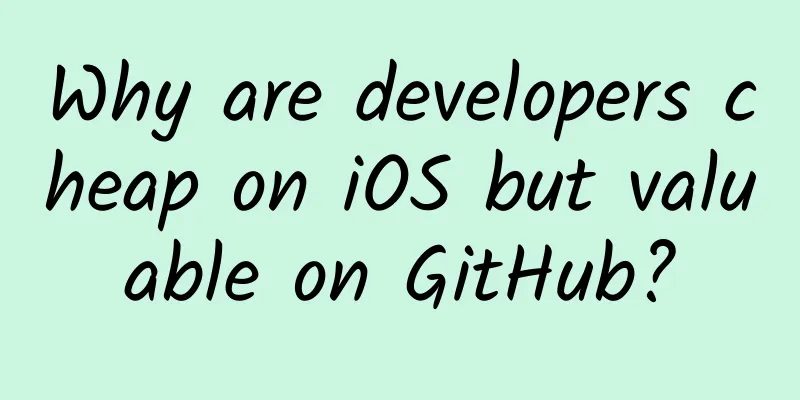Android 5.0: Root's super nightmare!

|
After the second preview of Android 5.0 was released, Chainfire quickly released a new root solution, but it is more complicated to use. Yesterday, he published a long article on Google+, explaining in detail the issues related to Android 5.0 root, and pointed out that it is becoming more and more difficult to root now. Google has introduced a number of security enhancements in the new system, especially forcing the activation of SELinux, which is the most outstanding security subsystem in the history of Linux launched by the US National Security Agency. Encryption will also be automatically enabled by default on new devices. Because of this, a large number or even almost all existing root methods are invalid and it is impossible to obtain SuperSU superuser permissions at startup. The Nexus 5 and Nexus 7 Roots released by Chainfire now use a customized system kernel, and some SELinux policies have to be relaxed appropriately to enable SuperSU to run normally after the device is started. He speculated that it is still possible to automatically "patch" the kernel during the installation process, so that there would be no need to go through the trouble of flashing the kernel, but it has not been successful yet and is still being tested. What's worse is that for devices like the Nexus series that don't have a locked bootloader, it's still pretty easy to root the kernel. For many devices, especially those with contracts from carriers, rooting the kernel is impossible because the bootloader is locked. Chainfire also pointed out that a large number of root applications, and even some non-root applications, have to be updated due to tighter security restrictions. If the application behavior can be limited to the scope allowed by the SDK, it will be fine, but if it goes beyond the level, it will hit a wall, for example, some file systems are now not allowed to be moved . He believes that if it is absolutely necessary, root applications can still modify SELinux policies and bypass security restrictions, but at least for him, he will try not to touch or touch SELinux as little as possible. After all, security is not a trivial matter. In short, convenience and security are always an irreconcilable contradiction, and this is true for Android, iOS, and Windows. As you can see, jailbreaking iOS is becoming more and more difficult, and many experts have even chosen to back off. However, with the improvement of the iOS system, the necessity of jailbreaking has become less and less. Android Root and Flashing are eternal topics. For players who like to tinker, they can only look for unlockable devices in the future, and they cannot be afraid of insecurity. |
<<: Exclusive interview with BroadLink's Liu Zongru: Let intelligence change people's minds
>>: Apple's chief designer: All large-screen phones other than iPhone 6 are "dumb and big"
Recommend
Google's new rules: Android apps must allow users to freely delete accounts and data
Breaking news: Google has begun requiring Android...
How can educational institutions achieve online distribution and content fission?
Affected by the epidemic, more than 200 million p...
Moji Weather is about to go public. How far can Moji, which makes 99% of its profits from advertising, go?
The business model of tool products has always be...
Marketing and promotion tips, no need to sell anxiety to reach 100,000+!
Many marketing strategies tell us that we must se...
Common design mistakes in WeChat app development
Although the development difficulty of WeChat Min...
What are the functions of the WeChat Convenience Store Mini Program? How to create a convenience store mini program?
As people's pace of life continues to accelera...
B2B Brand Marketing Growth Practical Methodology
Does B2B cross-border e-commerce need brand marke...
Principal Lao Li's Live Room 2021
Principal Lao Li's live broadcast room 2021 r...
Comic avatar short video project tutorial, you can create accounts in batches and easily earn over 10,000 yuan a month (video tutorial + software)
Comic avatar short video project tutorial, you ca...
TIKTOK won’t install? It costs 10 yuan to install it once. This information gap is too profitable.
TIKTOK won’t install? It costs 10 yuan to install...
As an operations manager, what is your daily job?
Different products, different product stages, dif...
The Ministry of Education issued the full text of the "Action Plan for Carbon Neutrality and Technological Innovation in Higher Education Institutions"
On July 12, 2021, in order to thoroughly implemen...
Even if you are not a professional copywriter, you can still write 1,000 good copies by using these techniques!
All advertising copy is intended to guide users t...
88% of Apple users have disabled app tracking. What are the considerations for the remaining 12%?
The issue of APP obtaining user privacy has inten...
Zhongshentong - How to get an account with over 10,000 followers in 15 days, 31 practical courses on how to create a hit account
Zhongshentong - How to get more than 10,000 follo...









